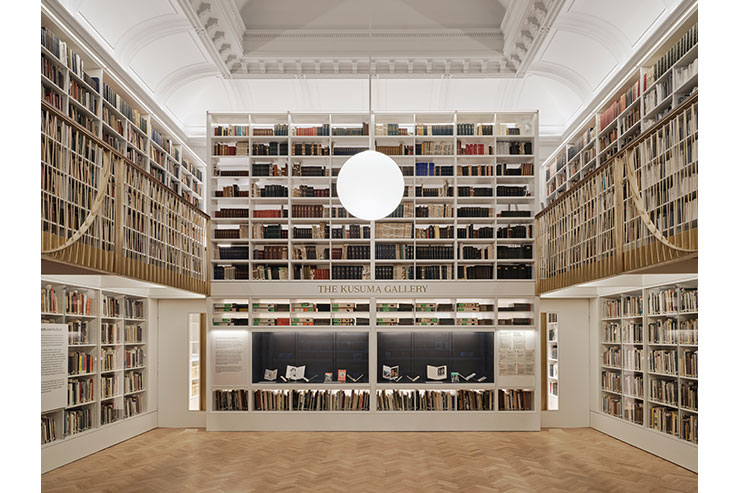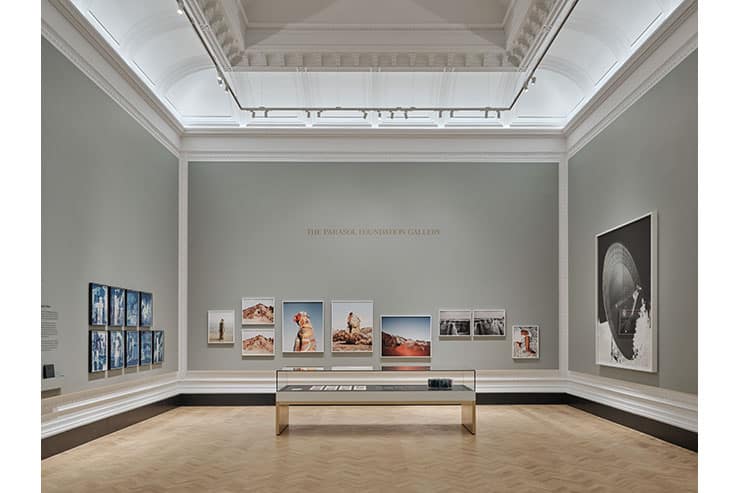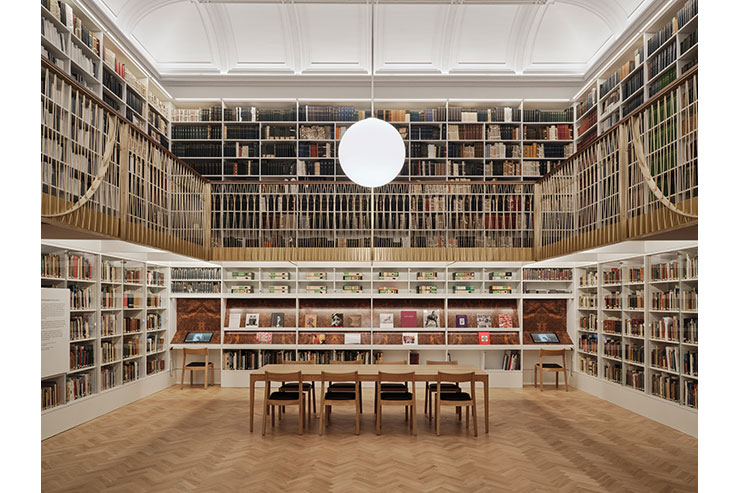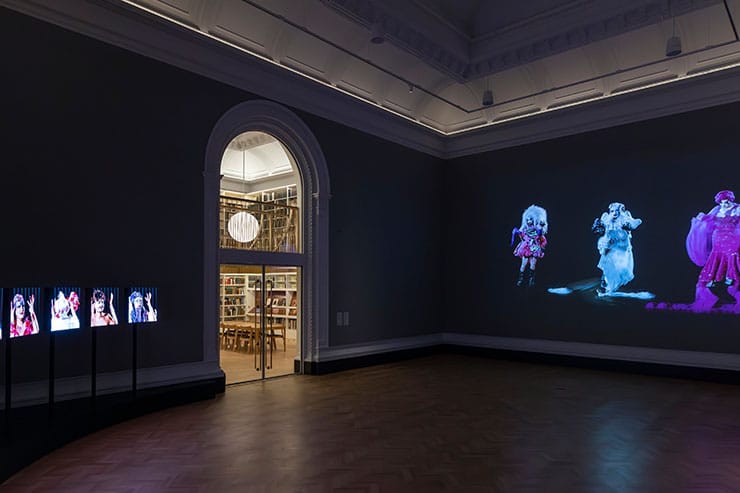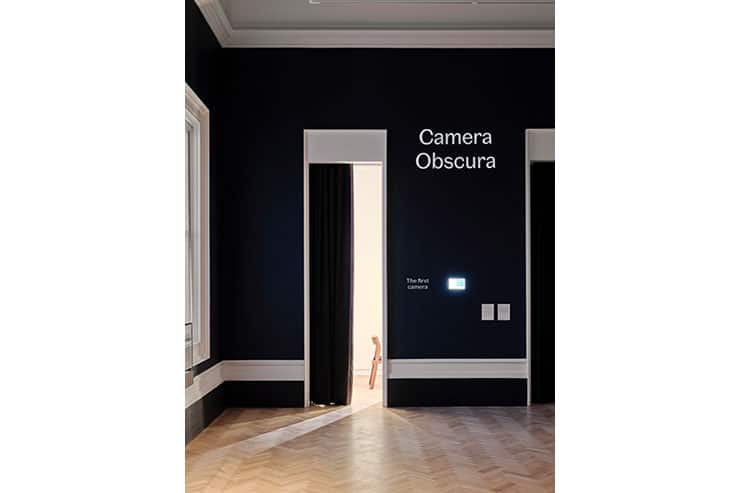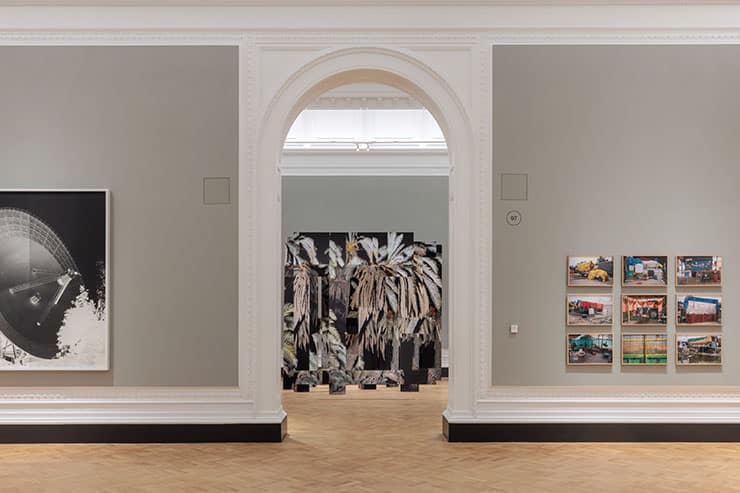- ABOUT
- JUDGING
- CONTACT
- MORE
- 2024 Entries
- Installations 2024
- Past Winners
- Subscribe
- [d]arc directory
- arc magazine
- darc magazine
Photography Centre, V&A, UK
ProjectPhotography Centre, V&ALocationLondon, UKLighting DesignMichael Grubb Studio, UKArchitectFit-out Architects: Gibson Thornley Architects, UK | Base Build & Lead Architects + Heritage Consultant: Purcell, UKAdditional DesignStructural and M&E Consultants: Harley Haddow | P.M: Avison Young | Contractor: Quinn | Electrical Contractor: Lowe & Oliver | QS: Currie BrownClientVictoria and Albert Museum, LondonLighting SuppliersOptelma, Stoane Lighting, Architainment, Helvar
London’s Victoria and Albert Museum (V&A) is renowned for its extensive collections of art and design works, spanning over 5,000 years of human creativity. In 2017, the Museum expanded its photographic holdings through the acquisition of the Royal Photographic Society Collection. The V&A subsequently developed a world-class centre for photography at its South Kensington location, enabling visitors to explore the medium of photography.
The Museum underwent an ambitious programme of development to transform the attraction with new galleries and visitor facilities while restoring the beauty of the original building.
Having worked with the V&A Museum on several projects previously, Michael Grubb Studio was directly appointed to create the lighting design for galleries 95-99 of the brand-new Photography Centre.
The lighting design needed to be sensitive to, and in-keeping with, the rich historic architectural fabric of the V&A Museum. Each gallery of the project required a different approach to suit the needs and use of the space, requiring innovative solutions to meet the contrasting needs of the project.
For example, Gallery 95 needed appropriate lighting to operate the Camera Obscura. Careful consideration was also necessary to ensure there was no light spill onto the adjacent light sensitive Gallery 94 tapestries and Gallery 95 artefacts.
Whereas Galleries 96 and 97 required a more traditional gallery track and spotlighting, that also supported flexibility for event use and to allow for curated changes of showcased works.
Operating as the heart of the photography space, Gallery 98 offers a library and staff working spaces, with a central mezzanine. The lighting design had to combine sensitive low levels of functional lighting with decorative and architectural lighting.
Finally, Gallery 99 showcases digital and projected artwork and therefore needs very low levels of lighting. The lighting also required flexibility for the future, providing functional lighting for visitor experience and to relate visually to the other galleries.
There were some limitations to the integration of lighting technology due to the original heritage features, including the cornices and decorative ceilings. This required the Michael Grubb team to coordinate extensively with the design team, construction team, client and preservation officers. The studio conducted this expertly, resolving all issues and ensuring the final lighting scheme did not disrupt the original architecture.
Michael Grubb Studio created a lighting scheme that was mindful of each gallery’s flexible use requirement, as well as remaining sensitive to the existing and new architectural features, while keeping creative to enhance the artistic displays.
The lighting scheme has been carefully developed to enhance the visitor experience of engaging visually with the displayed artefacts, photography, books and artworks. This has been achieved through expert curation of the best possible lighting solutions. The lighting design also ensures key building features, such as the beautifully renovated ceilings and cornices are highlighted.
This not only showcases the amazing setting of the museum; it creates a strong sense of presence and delivers an encompassing experience for visitors for years to come.
